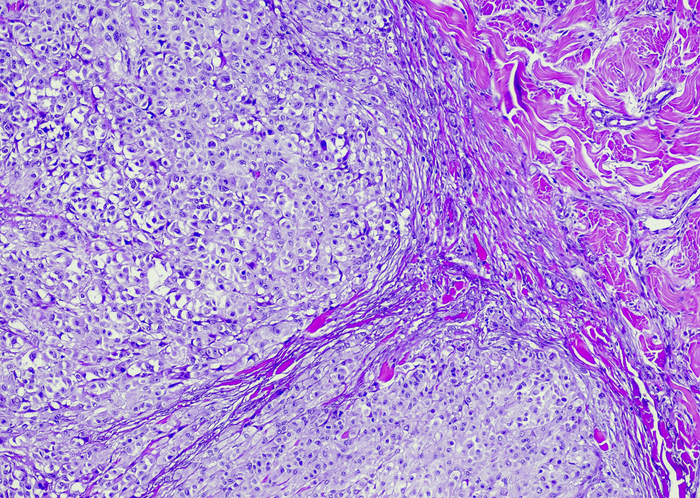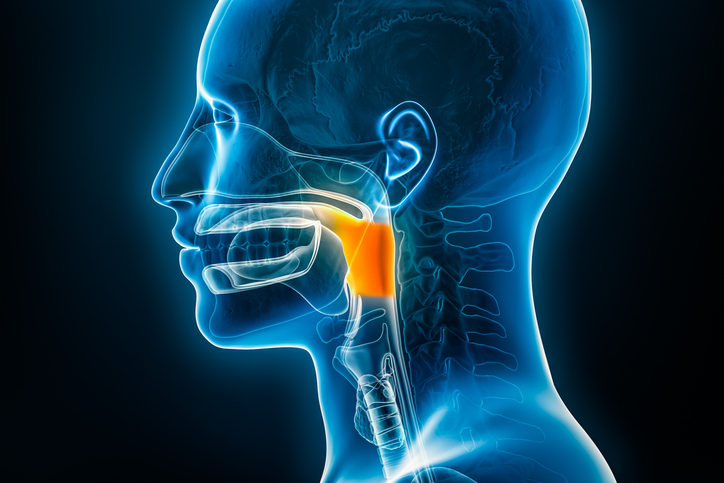
A study published in the Journal of Nuclear Cardiology found that the 18F-flutemetamol positron emission tomography (PET) imaging system demonstrated low sensitivity for detecting cardiac amyloidosis (CA).
The standard for detection of CA is bone-tracer scintigraphy as it can detect transthyretin (ATTR) amyloidosis. PET imaging equipped with amyloid tracers has shown promise as a non-invasive option in the detection of both ATTR and light-chain CA. This study, conducted by researchers at University Hospital Essen in Germany, aimed to investigate the accuracy of the amyloid tracer 18F-flutemetamol in PET imaging for CA.
The study enrolled 17 patients with CA (n=12) or non-amyloid heart failure (n=5). Patients underwent 18F-flutemetamol via PET/magnetic resonance imaging (n=13) or low-dose PET/computerized tomography (n=4). Myocardial and blood pool standardized tracer uptake values (SUV), late gadolinium enhancement (LGE), and T1 mapping/extracellular volume (ECV) were estimated.
LGE was detected in eight patients with CA. ECV was higher in CA (58.9 vs. 33.7%; P=0.006). Maximum and mean SUV did not differ between groups (2.21 vs. 1.69; P=0.18 and 1.73 vs. 1.30; P=0.13). Positive PET studies were demonstrated in only two of 12 patients with CA. Overall, there was a high proportion of false-negative PET results, with an overall low sensitivity of 16.7% observed across the two groups.
“In contrast to other available amyloid PET tracers, the sensitivity of 18F-Flutemetamol for the diagnosis of CA was low [at] >30 minutes post-injection. The appropriate imaging protocol for this specific radiotracer still needs to be defined, as tracer kinetics in myocardium and biologic properties of amyloid deposits may influence its diagnostic accuracy,” the researchers concluded.







 © 2025 Mashup Media, LLC, a Formedics Property. All Rights Reserved.
© 2025 Mashup Media, LLC, a Formedics Property. All Rights Reserved.